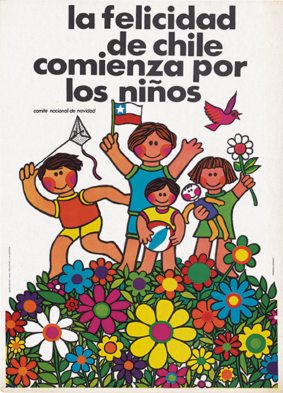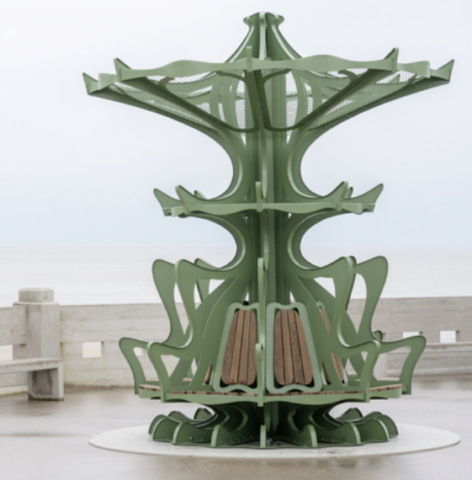Modest; Frozen in Time
By Carolin Ziegler
Two women, elegantly dressed, are strolling through the streets in 1912. A young girl is dancing on a meadow by a lake in 1942. Over ten years later, a photographer is taking a snapshot of a passing car at the Grand Prix de Monaco.

Paris, May 1911
Photos J. H. Lartigue © Ministère de la Culture (France), M. A. P. / A. A. J. H. L.
© Flammarion S.A., Paris, 2019
from Jacques Henri Lartigue, Flammarion, 2019
www.lartigue.org
All these moments have been captured forever by Jacques Henri Lartigue. Born in 1894 in the Parisian suburb of Courbevoie, Lartigue is arguably one of the most influential photographers of all time.
Lartigue thought of himself mainly as a professional painter for most of his life, though photography became his life passion. He began taking photographs as a little boy and his style improved and developed rapidly throughout the years.
However, success and acclaim arrived very late in his life. Only with a 1963 exhibition put on by director of photography at MoMA, John Szarkowski, did he gain international recognition. Lartigue was 70 years old at this point.
The fact that he was a late discovery gives his work a whole other appeal. It means that he had worked as an amateur photographer for most of his life, without getting any public recognition. It shows that he really, genuinely loved what he was doing.

Self-portrait, Rouzat, July 1923
Photos J. H. Lartigue © Ministère de la Culture (France), M. A. P. / A. A. J. H. L.
© Flammarion S.A., Paris, 2019
from Jacques Henri Lartigue, Flammarion, 2019
www.lartigue.org
Lartigue’s legacy is a rich body of work compiled in over a hundred large personal albums. His photographs are now a standard point of reference for many aspiring artists, and a lot of his pieces have become classics in his domain. This is mainly because he was among the first to capture specific moments in time by taking snapshots, often of moving people or objects. He is known for turning the snapshot into art and of catching the spirit of early 20th-century France.
His style of photography is very distinct and highly influenced by his experiences and aesthetic explorations. The pictures, with their mostly monochrome nature, convey a nostalgic feeling as well as a special allure. Lartigue’s joyful and spontaneous spirit permeates his work.
While mainly capturing scenes of his daily life, he also lived out his fascination with sport and speed by taking pictures at public sports events.
Georges Bourard in a four-wheel “bobsled” race, Rouzat, 1911
Photos J. H. Lartigue © Ministère de la Culture (France), M. A. P. / A. A. J. H. L.
© Flammarion S.A., Paris, 2019
from Jacques Henri Lartigue, Flammarion, 2019
www.lartigue.org
Throughout the years, Lartigue revisited certain themes and aesthetics and viewed them afresh, thereby almost reinventing parts of his life and documenting the process with his camera. This very personal part of his work makes his images even more special, as they reveal a lot about what was going on in his mind at different points in time.
Florette, 1943
Photos J. H. Lartigue © Ministère de la Culture (France), M. A. P. / A. A. J. H. L.
© Flammarion S.A., Paris, 2019
from Jacques Henri Lartigue, Flammarion, 2019
www.lartigue.org
Photography has developed a lot throughout the years, but there’s one thing that always has and always will set it apart from other art forms:A photograph has the special ability to freeze time, to capture a split second of a moment in history.
What’s more, a photograph can transport us right to that moment in our minds, making us feel like we are there. The scenario on the picture suddenly comes alive; it almost seems like we can hear the ambient noise, the people on the picture talking or laughing. This is the power of photography – it can capture a moment in time forever and bring it back to life.
Lartigue managed this craft with ease. His photographs are engaging, captivating and memorable. All those different moments in history, all captured by this one special artist.
In September of this year, Flammarion will release a new selection of his photographs in the volume “Jacques Henri Lartigue”, celebrating the best of his work on 128 pages.

Jacques Henri Lartigue (Flammarion, 2019)
www.lartigue.org
If you are interested in the capture of a moment, why not also watch the 1995 movie Smoke by director Wayne Wang. The movie follows author John Benjamin who takes the same photo of the same street every single morning for many years in succession. He collects all these little moments in time, similarly to what Lartigue did with his snapshots.
This way of simply presenting a scenario of the past, without giving a narrative, is what makes snapshot photography special. Undoubtedly, Jacques Henri Lartigue is a pioneer in his profession and his art will be remembered for a long time.







